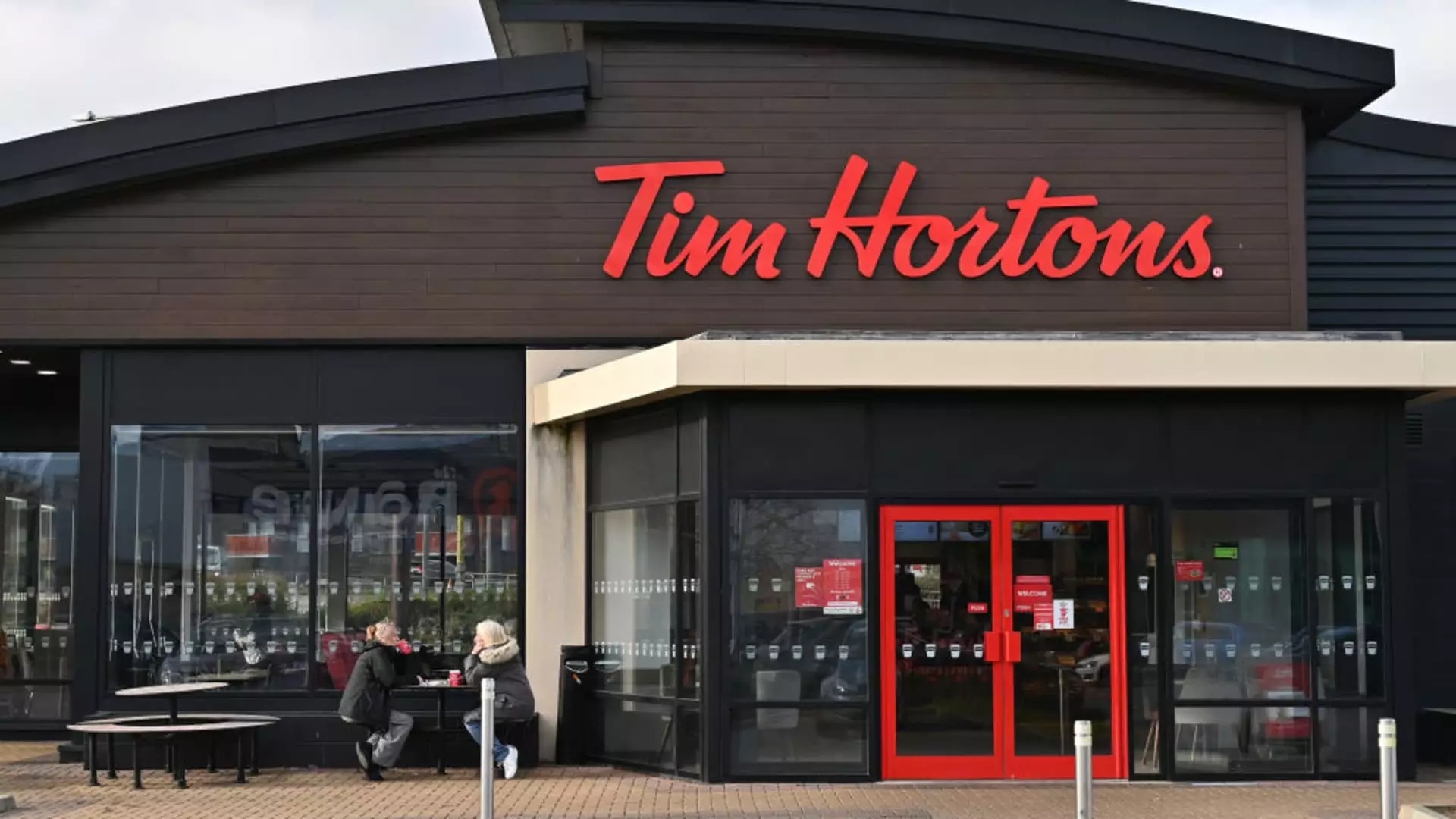Restaurant Brands International recently reported a strong quarterly revenue that beat analysts’ expectations, driven by the impressive performance of Tim Hortons and the company’s international restaurants. However, CEO Josh Kobza acknowledged that they were hoping for even better results in terms of overall top-line performance. Despite this, they managed to outperform key competitors in several major markets.
In the earnings report, Restaurant Brands revealed that they earned 86 cents per share adjusted, slightly below the 87 cents per share that was expected by Wall Street analysts. On the revenue side, the company brought in $2.08 billion, surpassing the projected $2.02 billion. This quarter’s net income stood at $399 million, or 88 cents per share, an improvement from last year’s $351 million or 77 cents per share. The acquisition of Burger King restaurants in the U.S. played a significant role in the 17% rise in net sales. The company also experienced a 1.9% increase in same-store sales.
Among the four chains under Restaurant Brands, Tim Hortons emerged as the top performer with a 4.6% growth in same-store sales. The introduction of flatbread pizzas and a variety of cold coffee drinks have contributed to this success. Popeyes saw a modest 0.5% increase in same-store sales, mainly attributed to the popularity of its new boneless wings. On the flip side, both Burger King and Firehouse Subs reported a 0.1% decline in same-store sales. Burger King, in particular, faced challenges but is confident in its long-term turnaround strategy, especially with the introduction of a $5 value meal.
International Impact
Restaurant Brands’ international locations experienced a 2.6% growth in same-store sales, with strong performances in Brazil, Australia, and Japan offsetting weaknesses in China and the Middle East. Looking ahead, the company anticipates a 2% same-store sales growth for the second half of the year. Additionally, the recent acquisition of Popeyes China will be reflected in their upcoming financial results.
While Restaurant Brands International had a successful quarter, there were evident areas of struggle within certain chains. Tim Hortons shone brightly, while others like Burger King faced challenges that necessitate strategic interventions. As the company moves forward, addressing these weaknesses and capitalizing on their strengths will be crucial for sustained growth and profitability.

